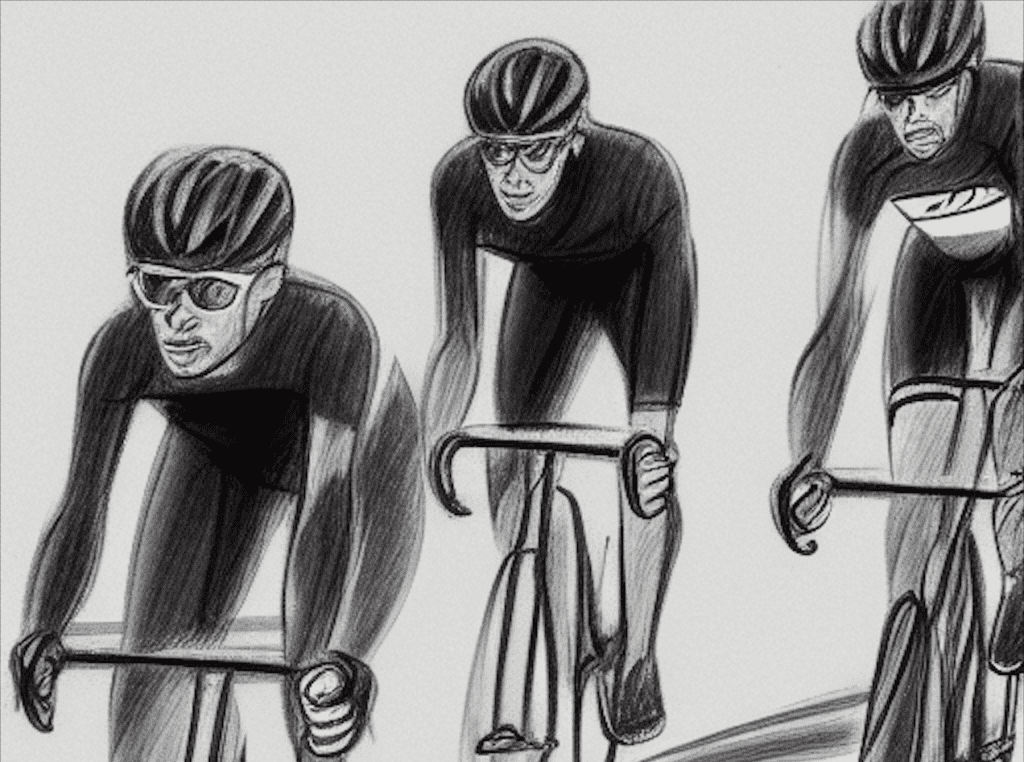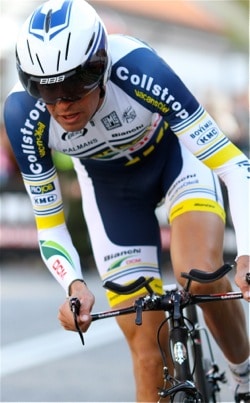5 Simple Tips for a Better Recovery
When you train hard, you deserve to get good results. One of the best moments to improve your performance is the first hour after your training session. Here are 5 simple tips for a better recovery:
Cycling recovery
- Drink water
60% of your body weight is water, so there is buffer system to cover water loss during training. Nevertheless this water loss has a huge impact on your performance and must be replaced as soon as possible. Plain water is under normal circumstances adequate for rehydration, since solid food replaces the electrolytes lost during exercise. Thus, if you eat properly, you do not need to take any supplements to make it up for the electrolytes. Under very hot conditions it is though necessary to replace electrolytes as well as the lost water. - Eat carbohydrates
Blood glucose concentration regulates the secretion of insulin, which works as an anabolic steroid for you after training. Thus, we are interested in eating carbohydrates to stimulate the secretion of insulin and get all the benefits of this naturally hormone. Insulin promotes the uptake of glucose from blood into cells (advanced version will come later), stimulates the synthesis of glycogen and promotes synthesis of muscle proteins. - Eat proteins
This is not an advice I will keep for strength lifters and body builders only. Muscles cells are built of proteins and they are broken down during training. Endurance athletes also need proteins immediately after training to recover from their effort. Just like carbohydrates, proteins stimulate secretion of insulin, which help building up the muscle again. - Change clothes
Get some dry clothes on immediately after training or competition. You can easily get a cold if you do not change clothes. And do it before you start to freeze, please. I have seen it a lot of times, when people are chatting after a race. Exactly that moment is one of the easiest moments to get ill. It is a very frequent mistake that happens again and again. Please do not do that mistake. - Cool down
Take a short ride in small gears. It helps your muscles to recover from hard intervals or races. Removal of lactate and other metabolits is enhanced when you do light exercise. Depending on your overall fitness, I will recommend you do a 5-20 minutes ride after each training session.
5 Simple Tips for a Better Recovery Read More »



